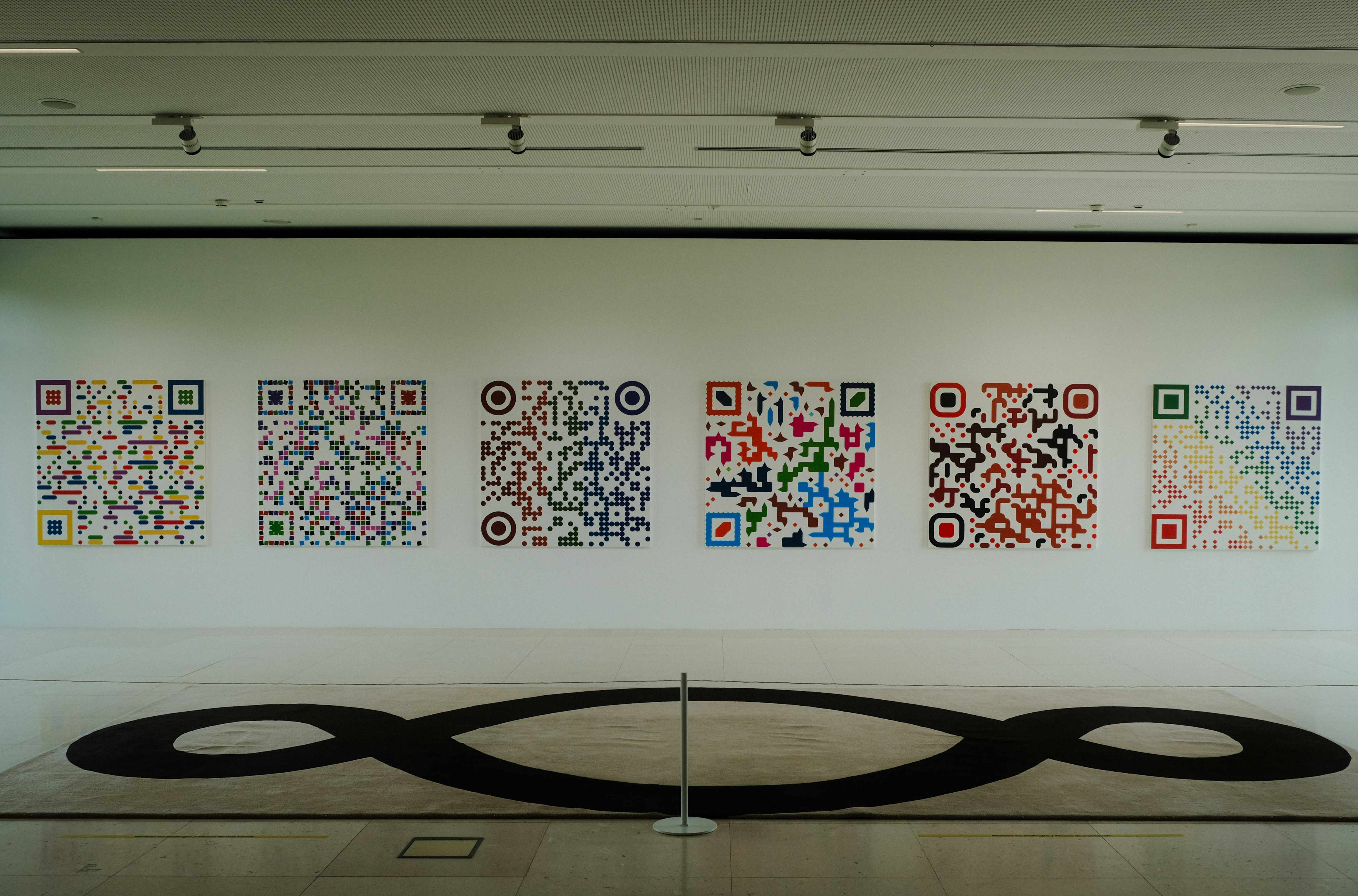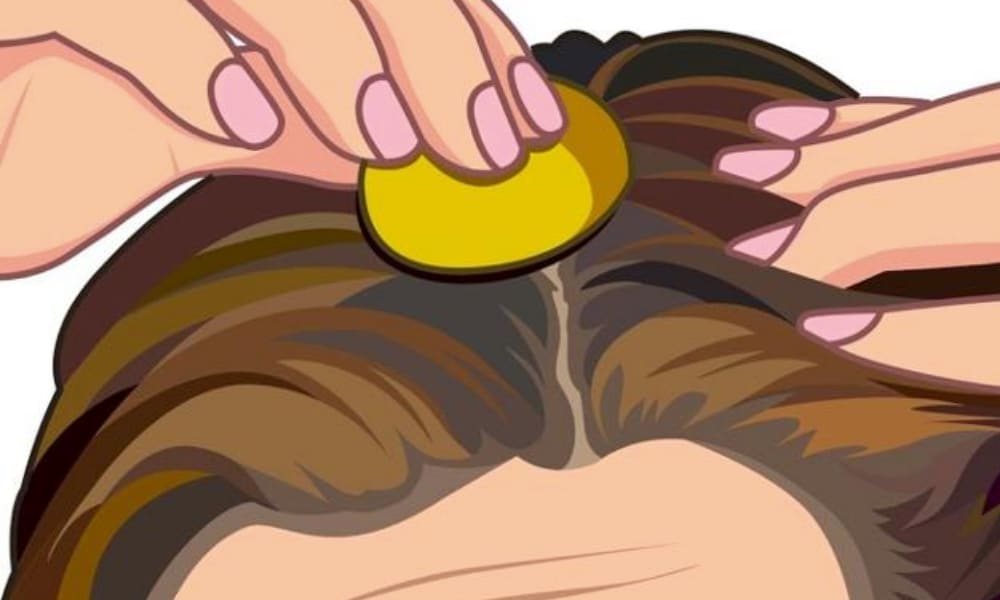Technicolor's Legacy: How a Century-Old Innovation Still Echoes in Today's Cinema
In the early days of cinema, moving images were nothing more than flickering black and white. However, that changed dramatically in the early 20th century with the advent of Technicolor, a color motion picture process that revolutionized the film industry. The world of cinema was no longer monochromatic—the screen exploded with vibrant hues, bringing stories to life in a way never before seen.

A Technicolor Timeline
Technicolor was born out of the creative minds of two Massachusetts Institute of Technology (MIT) graduates, Herbert Kalmus and Daniel Comstock, along with mechanical engineer, W. Burton Wescott. The Technicolor process was first introduced in 1916 and experienced an evolution across four distinct phases until it reached its peak in 1932 with the three-strip Technicolor process. This process used three separate film strips to capture the primary colors - red, green, and blue, which were then combined to produce a full-color final print.
The Technicolor Revolution and Its Impact
The introduction of Technicolor marked a significant turning point in the film industry. It brought a heightened level of realism to the screen, enriching the cinematic experience. Movie-goers were captivated by the vibrant colors, and Technicolor films became a sensation. Productions like “The Wizard of Oz” and “Gone With the Wind” were lauded for their stunning use of color, setting new standards for visual storytelling.
Technicolor Today: A Lasting Legacy
While Technicolor as a film process has been largely replaced by more modern color processes and digital techniques, its impact is still felt in the industry today. The company itself continues to thrive, offering post-production services and digital media solutions. The Technicolor aesthetic, with its saturated colors and distinctive look, continues to inspire filmmakers and is often used to evoke nostalgia or to create a specific mood.
The Future of Color in Cinema
The future of color in cinema is more exciting than ever with the advent of technologies like high dynamic range (HDR) that can display a wider range of colors and contrast than ever before. As we move forward, it’s essential to remember and appreciate the pioneers like Technicolor that paved the way for the colorful cinematic experiences we enjoy today.
In conclusion, Technicolor’s colorful legacy continues to resonate within the film industry. Its innovations not only revolutionized the way films were made but also how they were perceived by audiences. Its vibrant hues paved the way for a more immersive and realistic cinematic experience, forever changing the face of the silver screen. Technicolor is not just a relic of the past; it’s an integral part of cinema’s history and its future.




